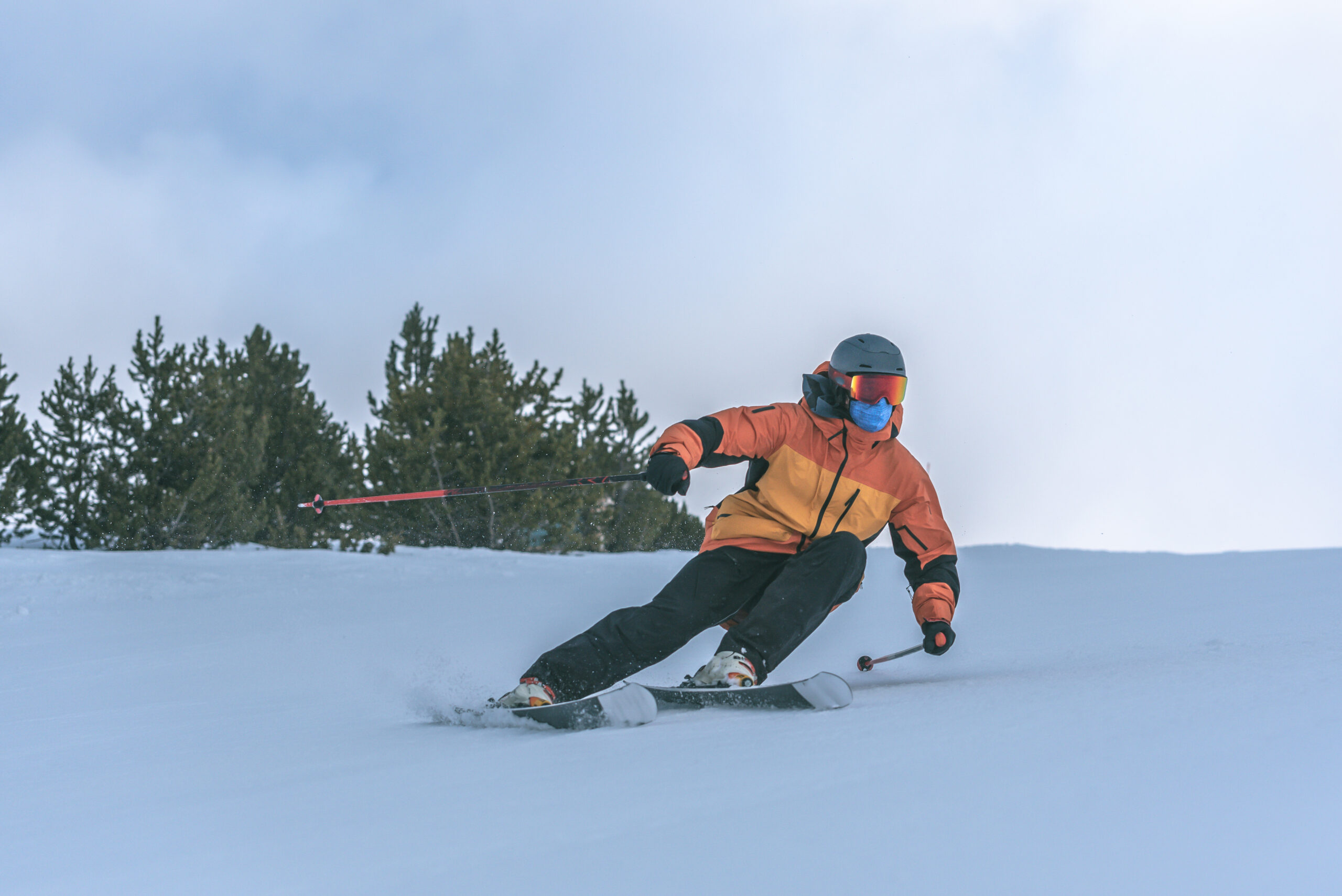What are the Causes of sleep disorders and why does it occur?

Sleep disorders are considered a serious pathology due to the impact they cause on our lives, especially tiredness, exhaustion, and poor performance. It will make it difficult to face our daily responsibilities.
It is a fairly common problem today, but it is not always given the necessary attention.
What is a sleep disorder?
Sleep disorders are health disorders with varied origins and present with different symptoms. Therefore, it is advisable to go to a specialist to identify the problem and prescribe the appropriate treatment.
We must assume that most adults need between 7 and 8 hours of sleep a day to maintain good health and mental function. Some people need, even more, 9 hours, and the time will increase in the case of children and babies.
This current trend that insists that reducing the hours of sleep makes us more productive is worrying. The truth is that sleep deprivation affects mood and cardiovascular health at a cognitive level. It also raises the risk of diabetes and obesity, so no, it is not more productive to reduce the hours of sleep in the long run.
sleep phases
We start at the beginning by understanding what the phases of sleep are. This is how the Clinic of the University of Navarra explains it :
- Phase 1-N1. It is a transition phase between wakefulness and sleep, characterized by numbness.
- Phase 2-N2. It is a greater relaxation because it decreases the heart rate and the respiratory rate, but it is light sleep.
- Phase 3 . is the phase that leads us to deeper sleep.
- Phase 4 . is a fairly deep sleep in which we do not perceive slight noises or movements around us.
Types of sleep disorders: classification
This article on the classification of sleep disorders, published in the Anales del Sistema Sanitario Navarro, recalls that sleep pathologies can occur in isolation and association with other disorders. Following the same report, we review the types.
Insomnia
According to the article above, it is the most common disorder in the general population. Insomnia is persistent difficulty falling or staying asleep, leading to early awakening or poor sleep.
These are circumstances that occur even though the person is in the right environmental context. For example, it can cause fatigue or discomfort, difficulty maintaining attention and concentration, memory problems, changes in performance, or character alteration.
Within insomnia, there are several subcategories, according to causes, symptoms, and treatments. Some of them are these:
- Psychophysiological insomnia. It is characterized by extreme ease of waking up, which is repeated for a prolonged period of more than a month.
- Idiopathic insomnia. It is experienced during childhood and adolescence without a determining factor that triggers it.
- Insomnia due to mental disorders. It is due to a pre-existing mental illness, and its effects last for more than a month.
- Insomnia due to inadequate sleep hygiene. Bad habits such as alcohol consumption or excess caffeine can cause its appearance. It will also occur if the environmental light or noise conditions are inadequate.
- Insomnia due to other medical problems. It is possible that this lack of sleep is caused by some physiological alteration and not by mental problems.
respiratory disorders
A disturbance in breathing can also cause sleep disturbances if it occurs at night. Primary central apnea is the best known, and its etiology is unknown.
It is characterized by producing periods of absence of breathing during sleep, without any movement that could alter it. It causes frequent and sudden awakenings, which will lead to excessive daytime sleepiness, which is often what motivates the patient to go to the doctor.
Although hardly the best known, there are other sleep disorders within the respiratory ones. We give some examples:
- Cheyne Stokes breathing pattern. It is considered that someone who suffers from at least ten apneas per hour of sleep suffers from it. It occurs mainly during the phases before REM and is partially resolved during the latter.
- Obstructive sleep apnea syndrome (OSAS). Successive episodes of obstructed breathing occur, often resulting in apneas of 10 seconds or more. They often last for a minute or more. It usually occurs between the first two phases and also in REM.
Hypersomnias
This type includes diseases characterized by daytime sleepiness that has nothing to do with difficulties falling asleep at night or with changes in the circadian rhythm.
This level of sleepiness is severe, so the person cannot stay awake and alert, even more so if they have to perform repetitive and monotonous activities. Instead, severity can be quantified using a scale and the results of specific tests.
Types of hypersomnia include narcolepsy with cataplexy or Gelineau syndrome, recurrent hypersomnia, idiopathic hypersomnia with or without prolonged sleep, and other types.
Circadian rhythm disturbances
Let’s remember: circadian rhythms are the changes that our body experiences in a 24-hour cycle, both physically and mentally, and behaviorally.
If an alteration of the circadian rhythm affects sleep, it will not be optimal or restorative. This will result in various disorders, such as delayed sleep phase syndrome, advanced sleep phase syndrome, irregular sleep-wake rhythm, free sleep-wake rhythm, jet lag due to time zone change, night worker’s disturbance, or alterations caused by a medical process.
Parasomnias
During sleep, they are atypical behaviors and classified into three groups: waking parasomnias, associated with REM sleep, or others.
Within the awakening parasomnias, one of the best known is sleepwalking, characterized by complex behaviors during sleep such as walking or sitting up in bed. Night terrors, which cause sudden episodes of crying and screaming in the middle of the night, are also waking parasomnias.
Another disorder in this subcategory is confusional arousal.
As for parasomnias associated with REM sleep, nightmares are recurrent. They are unpleasant dreams that are very experiential and produce a feeling of fear.
Dreaming of running can also be disturbing. Sleep paralysis, on the other hand, is the inability to speak or move due to loss of muscle tone, which can cause anxiety or hallucinations.
abnormal movements related to sleep
Abnormal movements occur during sleep that causes daily drowsiness. These movements may be related to sleep itself or diseases of the musculoskeletal system.
There are also well-known disorders such as restless legs syndrome, periodic leg movements, night cramps, or bruxism in this category.
Isolated symptoms and other disorders
Excessive or low need for sleep is among the isolated symptoms of sleep disorders. So are snoring, somniloquies (talking during sleep), or myoclonus (short and sudden contractions).
What are the symptoms of sleep disorders?
We have seen that the typology is broad, so the symptoms are varied. We review the most frequent by the Clinic of the University of Navarra:
- Difficulty falling asleep.
- Early awakening.
- I am feeling tired.
- daytime sleepiness
- Performance drop.
- Problems coping with professional and family responsibilities.
What are the causes?
Research has identified more than a hundred sleep disorders, so the causes also have a varied origin. These constitute risk factors for the appearance of other pathologies or are motivated by them.
If it is a disease that motivates the appearance of sleep disorders, it will be of a different type. Let’s look at some examples:
- Insomnia _ It is related to anxiety and other psychiatric pathologies, in addition to hyperthyroidism.
- Hypersomnias. They are usually related to severe anxiety and depression, and hypnotic abuse. More specifically, narcolepsy can appear due to chronic hypersomnia early.
- Respiratory disorders. Obesity is a risk factor, especially in men over 40 years of age.
- Abnormal movements. Bruxism is usually related to emotional stress and occlusal interferences (contacts between both arches of teeth that are not harmonious or stable).
The use of drugs such as antidepressants, sedatives, or antihistamines can aggravate the symptoms.






